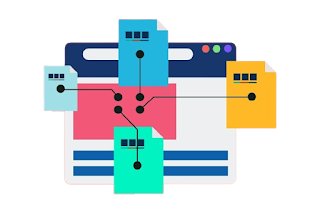C is a powerful and widely used programming language known for its simplicity and efficiency. So, let's dive right in
What is C?
C is a general-purpose programming language that was developed in the early 1970s by Dennis Ritchie at Bell Laboratories. It was designed to provide a low-level programming language with high-level capabilities. C has influenced numerous programming languages and remains one of the most popular choices for developing efficient and portable software.
Structure of a C program
A C program consists of various elements that work together to perform a specific task. It typically starts with preprocessor directives, followed by function prototypes and the main function. “main” is the function where the execution of the program begins. We'll explore these elements in more detail as we progress.Compilers and Integrated Development Environments (IDEs)
To write and execute C programs, you'll need a compiler. A compiler translates the human-readable C code into machine-readable instructions. There are several compilers available, such as GCC (GNU Compiler Collection), Clang, and Microsoft Visual C++. IDE’s such as Code::Blocks and Dev-C++, provide a convenient environment for writing, debugging, and compiling C programs.
History of C Language
Origins and Development C was born out of the need to create an efficient programming language for developing the UNIX operating system. Dennis Ritchie and his colleagues at Bell Laboratories developed C as an extension of the earlier B programming language. The goal was to improve B's simplicity while adding high-level features. As a result, C became the language of choice for UNIX development.
Standardization
ANSI C and ISO C In the early 1980s, the American National Standards Institute (ANSI) developed a standard for the C language, known as ANSI C. This standard aimed to promote portability and ensure compatibility across different platforms. Subsequently, the International Organization for Standardization (ISO) also adopted ANSI C as the international standard, known as ISO C.
Features and Influences
C introduced several groundbreaking
features that contributed to its popularity and impact on future programming
languages. It provided low-level access to memory through pointers, allowing
efficient manipulation of data structures. C's syntax and control flow
structures, such as loops and conditionals, became widely adopted. Its
simplicity and efficiency attracted developers, leading to the creation of
countless libraries and software written in C.
C's Influence on Other Languages







.png)
Post a Comment
If you have any questions do let me know